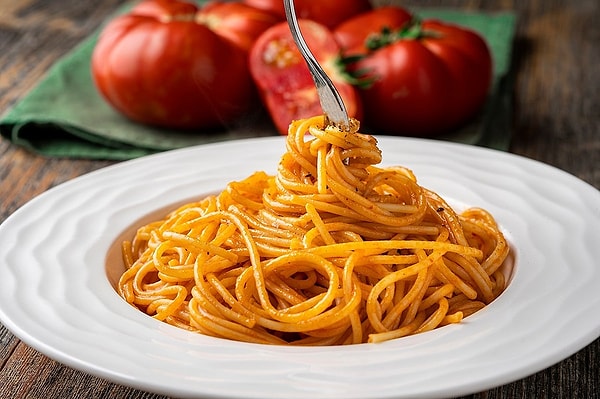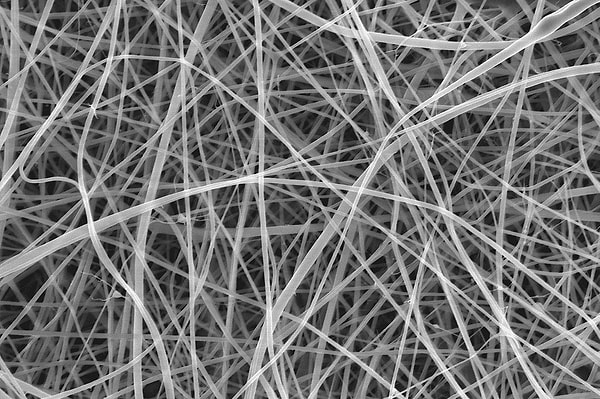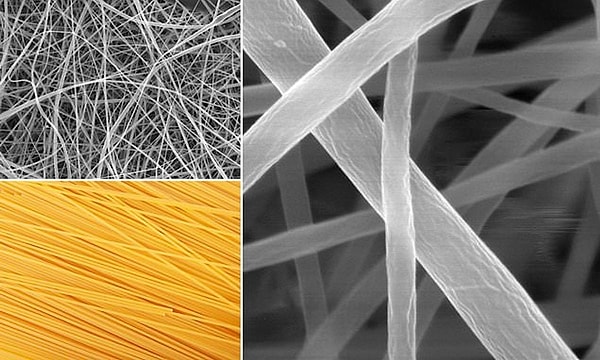Scientists Create Ultra-Thin ‘Spaghetti’ 200 Times Thinner Than Human Hair
Breaking boundaries yet again, scientists have developed an extraordinary material—spaghetti-like strands 200 times thinner than a human hair. But don’t expect this groundbreaking discovery to end up on your dinner plate! Made from nanofibers, these ultra-thin strands are crafted from starch-rich components similar to traditional pasta but hold immense potential for revolutionizing the medical field. Could this innovative 'spaghetti' be the key to new treatments and life-saving technologies? Dive into the details of this incredible advancement!
A research led by University College London (UCL) has resulted in scientists creating the world’s thinnest spaghetti.

This spaghetti, which is about 200 times thinner than human hair, is not for eating! Made from nanofibers, an extremely thin material, it is produced using thread-like fibers and will be used in the fields of medicine and industry.
Why is it called Spaghetti?

The nanofibers used to create these spaghetti, which are 200 times thinner than human hair, are made from starch, which is the same basic ingredient used to make pasta. The starch typically comes from green plants that store excess glucose.
What will spaghetti thinner than human hair be used for?

The nanofibers, which play a significant role in the creation of the spaghetti, can be used in bandages to aid in wound healing. They could also serve as scaffolds for bone regeneration and be used for drug delivery. One of the promising features of these porous nanofibers is that they absorb water and moisture while keeping bacteria out. Additionally, they are durable enough to withstand the energy and water-intensive processes required to extract and purify starch from plant cells.
In a study conducted by Beatrice Britton, spaghetti with a diameter of 372 nanometers (a billionth of a meter) was created using a technique called electrospinning.

In an article published in Nanoscale Advances, the researchers explained that in this technique, a mixture of flour and liquid threads is pulled from a needle tip by electric charges. Co-author Dr. Adam Clancy simplified the process, saying, “To make spaghetti, you push a mixture of water and flour through metal holes. We did the same with our flour mixture, but pulled it with an electric charge. Literally spaghetti, but much smaller.”
Starch, the second largest biomass source in the world after cellulose, is the material that made this discovery possible.

Each of the tiny threads is so narrow that they cannot be captured by any standard light camera or microscope; they can only be measured using a scanning electron microscope. Let’s see what this new discovery will bring to humanity in the future.
Keşfet ile ziyaret ettiğin tüm kategorileri tek akışta gör!


Send Comment